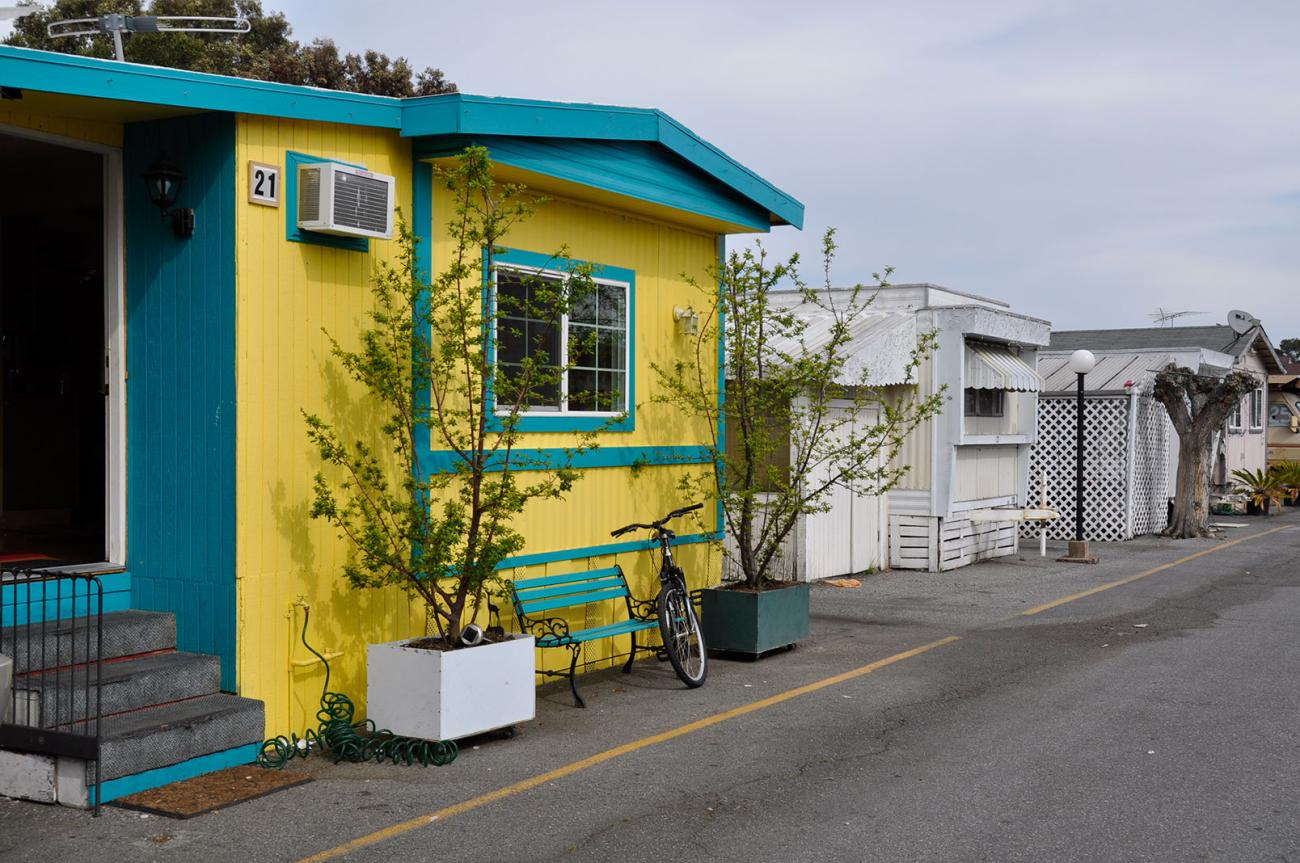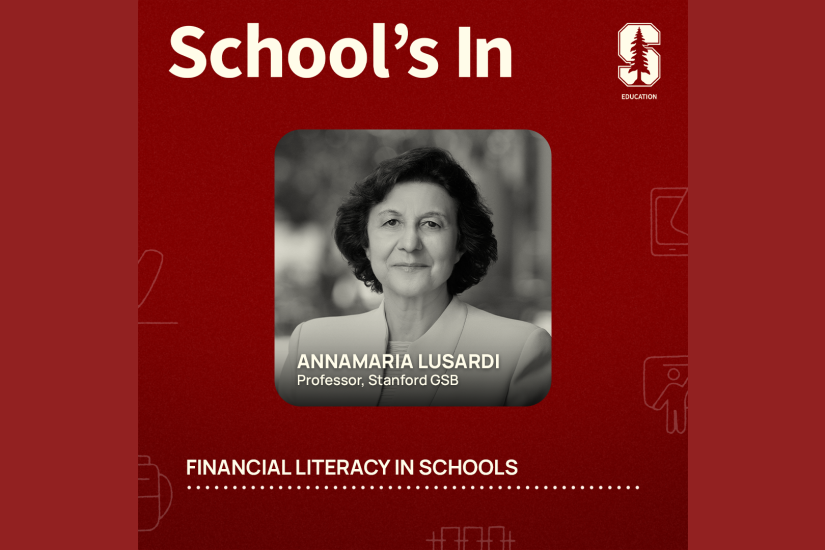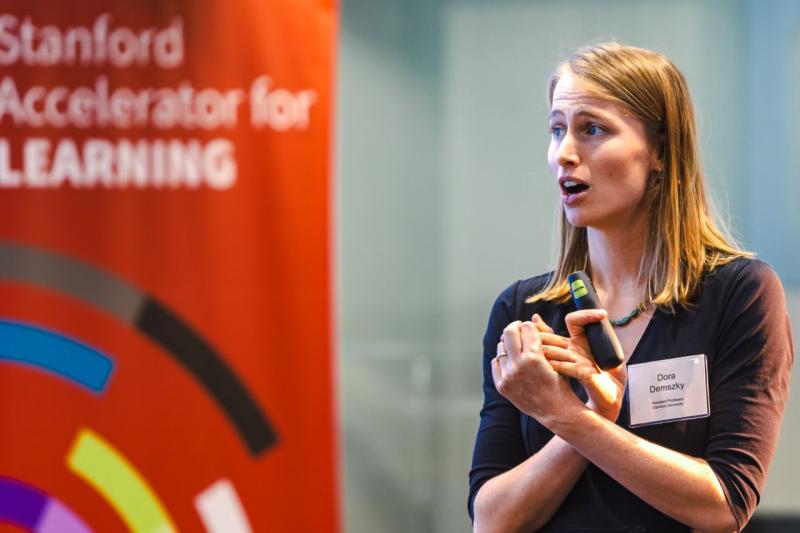
Report shows benefits to low-income children of living in affluent cities
EDITOR'S NOTE (Updated May 19, 2014): A second survey of residents in the Barron Park neighborhood was completed by researchers and is now available. A link is here, and under the "related information" section in this story.
Low-income children living in Palo Alto's Buena Vista Mobile Home Park have lower dropout rates than their peers in less affluent cities and benefit substantially from local top-notch medical facilities, according to a study by Stanford researchers.
The study, released Monday, focuses on the educational and health care experiences of the dozens of children living in the park — one of the few spots with affordable housing in Palo Alto and the city’s only mobile home park — which is threatened with closure.
The report documents basic statistics about the kids, including where they go to school and what special programs they may be in, which the researchers said were so far lacking in the public discussion around the closure.
And while some policy makers question whether low-income minority children tap into available resources of affluent communities, the report's findings show the substantial benefits for Buena Vista residents of living in a more advantaged area.
"It certainly makes a difference in how you do and how you feel when you are in a community with high quality amenities," said Amado Padilla, a professor at the Graduate School of Education and co-author of the study. "You're less stressed and often you're more engaged. "
Buena Vista Mobile Home Park is located behind a strip mall and gas station about 2 miles from the Stanford campus. About 400 people live there, most in privately owned trailers. They pay about $850 in rent and utilities, in addition to any outstanding debt on the home. Average rent for an apartment in Palo Alto is around $3,000 a month, according to RealFacts.
The park drew increased attention last year after the owner moved to sell the property to a developer who plans to build luxury apartments. The debate around the proposed closure, which must be approved by city administrators, has highlighted income inequality in Silicon Valley. The park itself also has become a symbol of how the tech boom hasn't reached everyone.
The researchers, concerned about the outcomes of low-income Hispanic residents in California, where Hispanic children face challenges of school readiness and performance, saw a need to fill gaps in information about the residents of the park.
"It was just glaringly obvious when this debate about the park's closure began that there were no data," said study co-author Donald Barr, a professor of pediatrics at the School of Medicine and a professor of education, by courtesy, at the GSE. "We sought to remedy that, to find out who was there and what kind of education and health care they were receiving."
Under city rules, the owner must compensate relocated residents.
Education and health status
The study identified 67 families with 129 children, 90 percent of whom are Hispanic. Stanford students fluent in Spanish and trained in survey research conducted interviews with the adults in each of the families asking questions about how often they brought their children to the doctor or did they ever visit their children's teachers.
All of the school-aged children in the park were enrolled in school, according to the report. None of the high school–aged children had left school, compared with a dropout rate of 29.3 percent among Hispanic high school students living in Silicon Valley and 26.7 percent among Hispanic students statewide.
"This was a big surprise," Padilla said. "Now, it doesn't mean they're doing really well in school, there are still a lot of challenges, but they are going to school and finishing school, which puts them ahead of their peers elsewhere."
According to researchers, the parents in the park are deeply involved in their children's education. Ninety percent had attended teacher conferences and visited classrooms. The parents also said they feel good about their children's education, and they feel the schools are safe.
"I did not meet a single parent who didn't know what was going on with their kids," Padilla said. "If you went to some other school districts, you likely wouldn't find the same thing."
The researchers said living near the schools, rated some of the best in the state, helps parents gain familiarity with the classes and teachers. They also said mingling with other parents and kids in the larger neighborhood after school and on weekends keeps parents more engaged and accountable.
"That crossing of social class and ethnic boundaries, we know from other research, is very important," Barr said.
Forty-three percent of children in grades K-12 were enrolled in at least one type of special school program, the most common was English language learning. Other programs kids took part in included for reading difficulties, speech therapy, math help and support for educational needs related to autism and ADHD.
On health care, the report found the children at Buena Vista benefited from the high volume of providers within close proximity to the park.
Asked whether the parents have a usual source of medical care for their children, 97 percent said yes. Asked whether their children had a check up in the past 12 months, 74 percent said yes.
"In other communities it's just not like this," Barr said. "You may have insurance but finding good care can be difficult, and you likely won't find the providers who have the special resources these kids need."
Still, 12 percent of children in the park were not covered by insurance, though that is comparable to the 9 percent of Hispanic children statewide who lack health insurance.
The report identified one major gap in health care in Palo Alto for low-income residents: dental services.
According to the study, one-third of the children at the park have gone longer than 24 months without seeing a dentist, and 20 percent had needed dental care in the previous 12 months but been unable to obtain it because of an inability to pay. The researchers said there is a scarcity of dentists in Palo Alto who accept public insurance.
The researchers plan a second survey of residents in the park's surrounding neighborhoods to learn more about their knowledge of the park and its residents and their feelings about low-income housing.
Barr and Padilla were expected to present their findings to the Palo Alto City Council. The study was self-funded.
Related Information:
Report: The Families and Children Who Live in the Buena Vista Mobile Home Park
NEW: Report: Views of the Residents of the Barron Park Neighborhood on Issues Pertaining to the Proposed Closure of the Buena Vista Mobile Home Park (added May 19, 2014)



